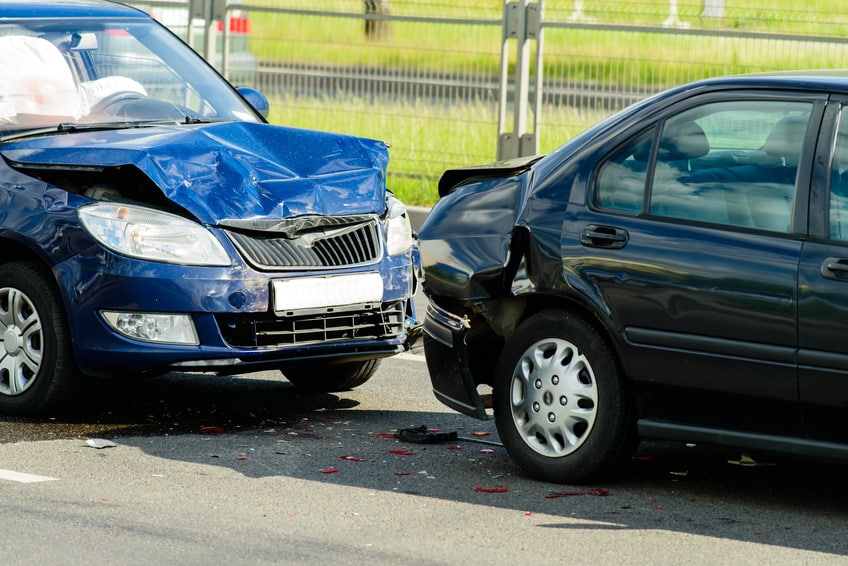Car accidents, unfortunately, can be fairly common. The average number of car accidents in the U.S. every year is 6 million. When you get into an accident, it’s stressful not only in the short-term, but the long-term as well; you have to worry about insurance, finances, and how you’ll get your car repaired. When you find yourself in a situation where you have to worry about your car after an accident, follow these steps to handle the aftermath of a collision.
Immediate Intervention
Obviously, the most important part of recovering from a collision is the steps you take immediately following to ensure you and everyone else involved is safe. Get your car to as secure a location as possible, and ensure nobody in the crash was injured. Once everyone is safe, exchange insurance information with the other driver or drivers involved in the accident and take pictures of the damage done. Make sure you’re organized about this, as well. After all, almost 15% of all paper documents are misplaced at some point. This will be useful if you then file a report, while also ensuring you have evidence and contact information.
During this exchange, do not in any way admit fault for the accident or get into conflict with the other drivers. This can have legal implications later on if you’re not careful, and fault is for police and lawyers to decide, not you in the heat of the moment.
Contact Your Insurance (Or Not)
You may want to consider contacting your insurance following an accident, especially if you’re dealing with damage that will be too expensive to handle yourself. On average, a driver will have an auto accident claim once every 17.9 years, so filing auto accident claims isn’t terribly common. This is because many people choose to skip this step as a way of avoiding increased premiums. Whether you get your help from your insurance company or not, you’ll want to find a way of securing funds to make necessary repairs to your car.
Handle Repairs
When it comes to auto repairs, it’s best to leave it to the professionals. While it can be tempting to handle minor damage to your car yourself, you could risk damaging your car more severely if it’s not handled correctly. Look for a small, locally owned auto shop to work on your car; there are nearly 28 million small businesses in the U.S., so it’s likely there’s at least one garage near you. The amount of time your repairs will take will vary depending on how severe the damage is. Experts say that 80% to 90% of dents can be repaired using paintless dent repair techniques, meaning work will take at most a few hours. However, if there’s substantial damage to parts of your car that will need to be replaced or if your car is completely totaled, it will take significantly more work, and you may end up wanting to purchase a new vehicle altogether. Talk to your mechanic to see what options would be best for you.
About 6 million car accidents occur in the U.S. each year. There’s no question that car accidents are stressful and should be avoided at all costs. However, sometimes accidents happen, and it’s best to be prepared for any and all situations that may come up in emergency situations. Keep calm and remember these steps if you find yourself in an accident in the future, and know that there are solutions to the problems that will come up during the aftermath of a collision.




Even fender benders can leave people shaken up, so it’s definitely a good idea to go over these things before any accidents happen. In fact, being so shaken can leave you distracted, so you might want to actually write down things like take photos of the other car and put the written advice in the glove compartment for reference if you have an accident.
Never admit fault is so important. Make sure to get the other driver’s information and insurance. These are very good steps to follow.
If you do not involve the insurance at the very least involve the police. That way a report is generated and if you have to go to small claims if you choose not to use insurance OR if the other driver has no insurance promises to fix and doesnt you will have some leverage. Yes it has happened to us.
The article is interesting and somewhat helpful. The comments also are helpful. Thanks.
I LOVE THAT THIS ARTICLE HAS A LOT OF INFORMATIION ON PREVENTION .